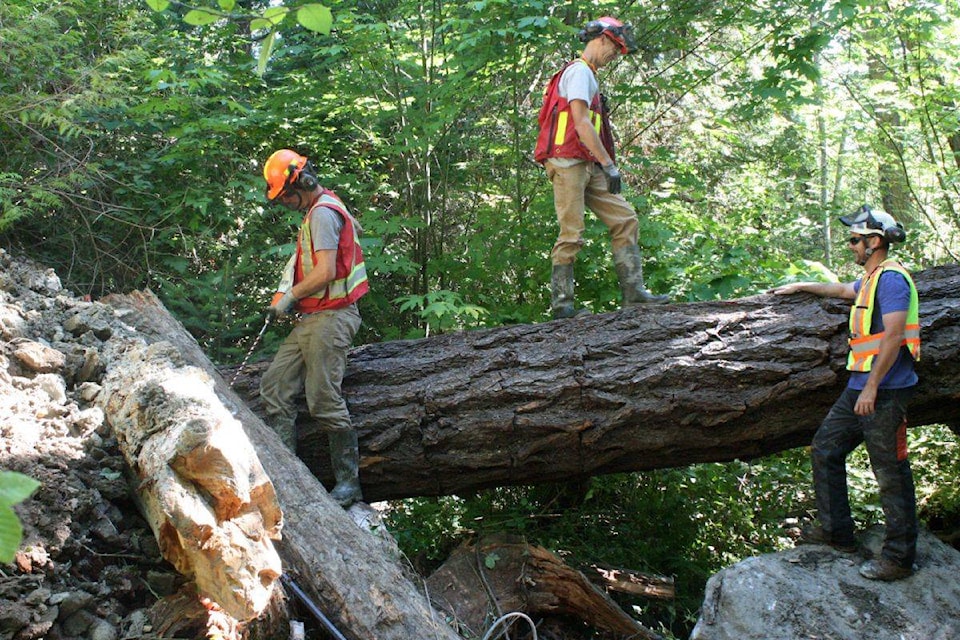The popularity of Mount Douglas Park with visitors is threatening its future.
That is the message the public heard Monday as the Mount Douglas Park Society presented the third edition of its park plan.
“Unfortunately, not everything has been positive,” said Darrell Wick, society president, in a presentation to council. “There has been a significant increase in the number of visitors in the park, and it has really resulted in what we think is a serious degradation in the park’s natural state,” said Wick.
He specifically singled out the deterioration of the park’s trails. “A lot of trail are really in a bad condition…and there is a proliferation of uncontrolled ad-hoc trails,” he said. “All of that really has to be addressed, and I think it has to addressed soon.”
Saanich’s largest park draws “thousands of visitors each year,” according to district documents, and the society’s park plan predicts that the situation will likely get worse in the future as long-range plans by the municipality and the Capital Regional District project an increase in the population and density of the region, as it shifts from single family homes with yards to multi-family buildings. This shift would likely mean a “significant decrease” in available green space for residents.
“The combination of population increase coupled with less outdoor green space will put considerable additional pressure on the few remaining natural areas like Mount Douglas Park,” according to the park plan.
The report describes two possible scenarios for the park. One extreme scenario would see Saanich accommodate increased visitors with little regard to the preservation of the natural park environment. Saanich might have received a preview of that potential future last month after a gathering in the park had left behind heaps of waste.
A Saanich public employee also prevented worse when he snuffed out a fire after recognizing suspicious behaviour by a youth in the park.
Another choice would see Saanich ensure that the park remains a wilderness preserve.
Saanich can achieve this option if it carefully manages trails, keeps visitors on designated trails, and avoids the creation of ad hoc trails. “This will require better education and a change in enforcement by Saanich,” it read.
While members of council did not directly address Wick’s “degradation” comment and demand for additional actions, several praised the efforts of the society in helping to restore salmon habitat among other issues.
Council also voted unanimously to accept the society’s report and forward it to staff as part of a review into the future of the park.



